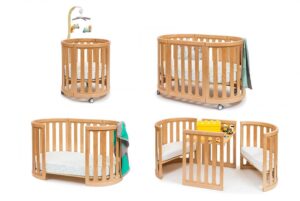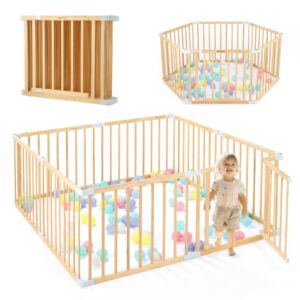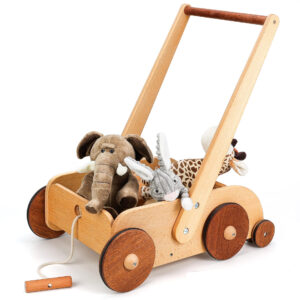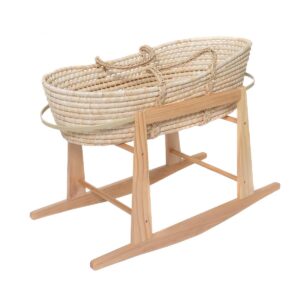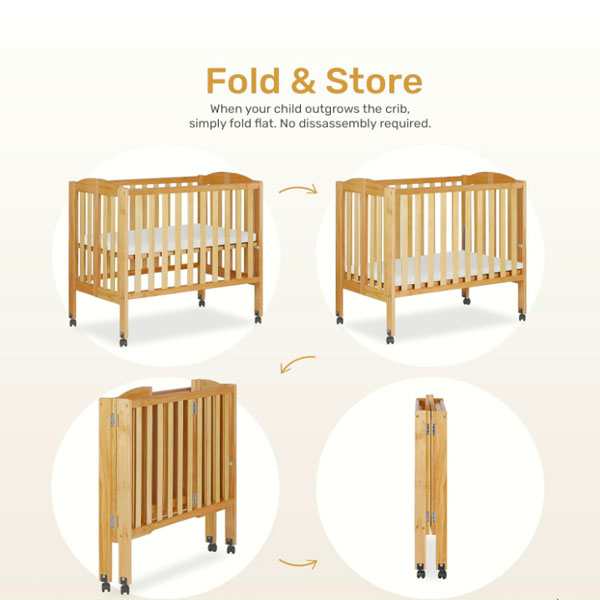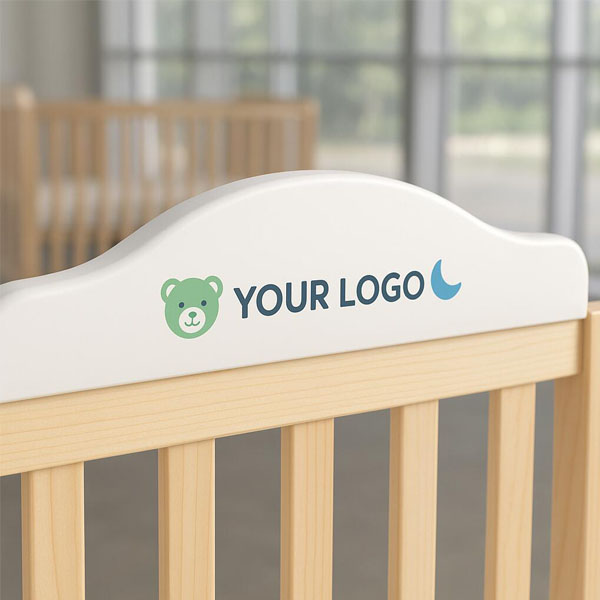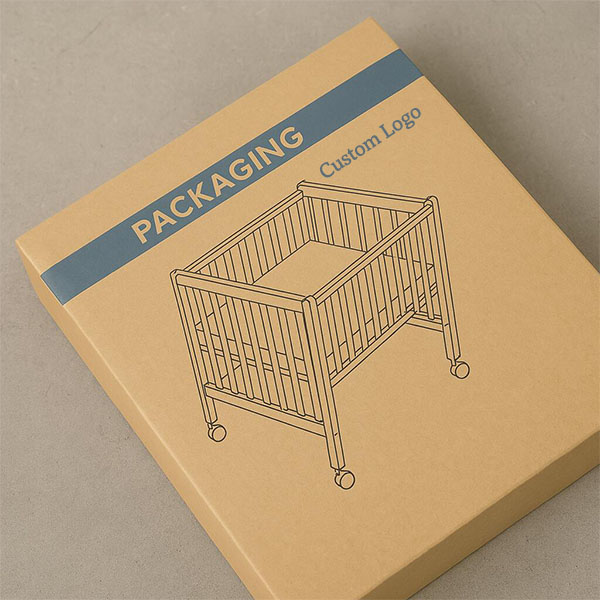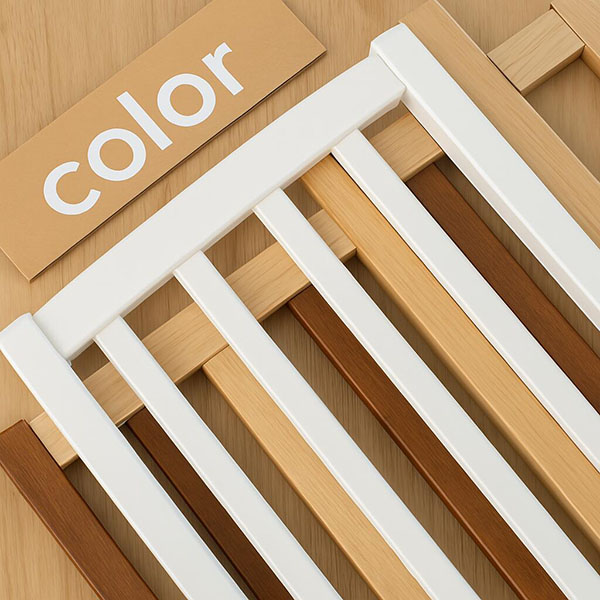How Often Should You Oil a Wooden Cutting Board, and What Type of Oil Should You Use?
Oiling your wooden cutting board is essential for its longevity and performance, but how often should you do it, and what type of oil is best?
You should oil your wooden cutting board once a month or whenever it looks dry. Use food-grade mineral oil, as it is safe for food contact and won’t spoil.
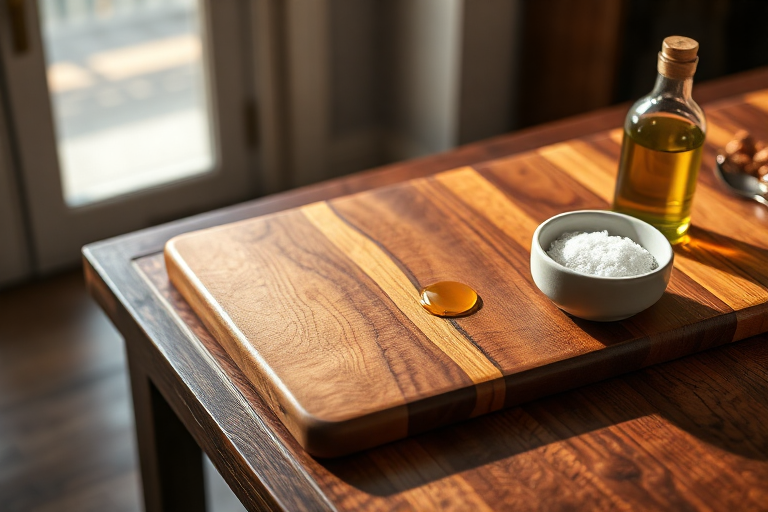
Let’s dive into the details of how often to oil your board and why choosing the right type of oil is crucial for its maintenance.
Why is oiling a wooden cutting board important?
Oiling is not just a cosmetic step—it plays a vital role in preserving the integrity of your wooden cutting board.
Oiling protects the wood from drying out, prevents cracking, and creates a moisture barrier that keeps the board in good condition.
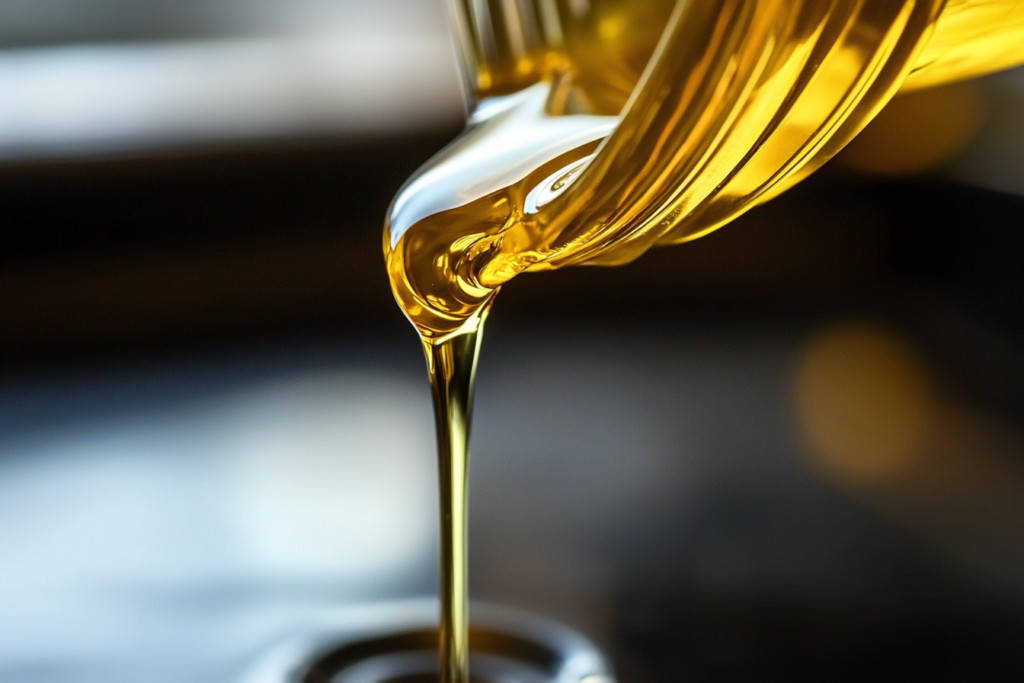
Benefits of Oiling a Wooden Cutting Board
- Prevents Drying and Cracking:
Oil keeps the wood fibers hydrated, reducing the risk of the board becoming brittle and cracking. - Creates a Moisture Barrier:
Oiling seals the wood pores, preventing water from penetrating and causing warping or mold growth. - Enhances Appearance:
Regular oiling brings out the natural beauty of the wood, making the board look polished and new. - Extends Lifespan:
By protecting the wood from damage, oiling helps your board last longer and perform better.
For these reasons, oiling is a crucial part of maintaining your wooden cutting board.
How often should you oil your wooden cutting board?
The frequency of oiling depends on how often you use your board and the conditions in your kitchen.
You should oil your wooden cutting board once a month or whenever it looks dry. Frequent use or exposure to water may require more frequent oiling.
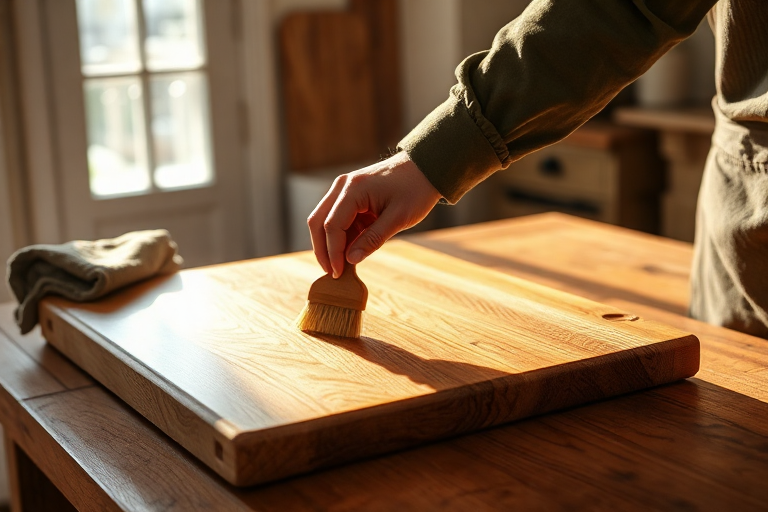
Factors That Determine Oil Frequency
- Usage:
If you use your board daily, it may need oiling more often to counteract wear and tear. - Exposure to Water:
Boards that are frequently washed or exposed to moisture may dry out faster and require more frequent oiling. - Climate:
In dry or humid environments, the board may lose moisture more quickly and need oiling more often. - Board Condition:
If the board looks dry, feels rough, or has light spots, it’s time to oil it.
As a general rule, check your board once a month and oil it as needed.
What type of oil should you use for a wooden cutting board?
Not all oils are suitable for wooden cutting boards. Using the wrong type can lead to spoilage or health risks.
Use food-grade mineral oil, as it is safe for food contact, doesn’t spoil, and effectively protects the wood. Avoid using cooking oils like olive or vegetable oil.
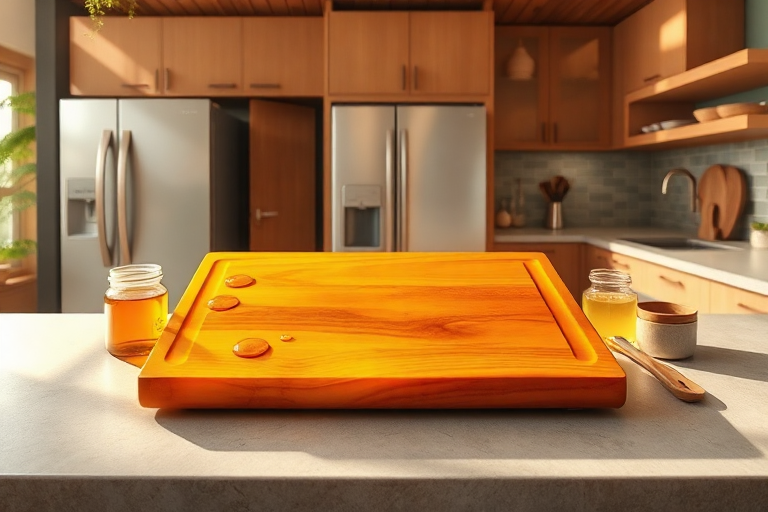
Why Food-Grade Mineral Oil is the Best Choice
- Food-Safe:
Mineral oil is non-toxic and safe for direct contact with food, making it ideal for cutting boards. - Doesn’t Spoil:
Unlike cooking oils, mineral oil doesn’t go rancid, ensuring your board stays fresh and safe to use. - Effective Moisture Barrier:
It penetrates deep into the wood, sealing the pores and preventing moisture absorption. - Easily Available:
Mineral oil is affordable and can be found at most hardware or kitchen supply stores.
Avoid using cooking oils like olive, coconut, or vegetable oil, as they can spoil and create an unpleasant odor.
How do you properly oil a wooden cutting board?
Oiling your board is simple, but doing it correctly ensures maximum protection and a long-lasting finish.
To oil your wooden cutting board, clean and dry it thoroughly, apply food-grade mineral oil evenly, and let it soak in overnight. Wipe off any excess oil before use.
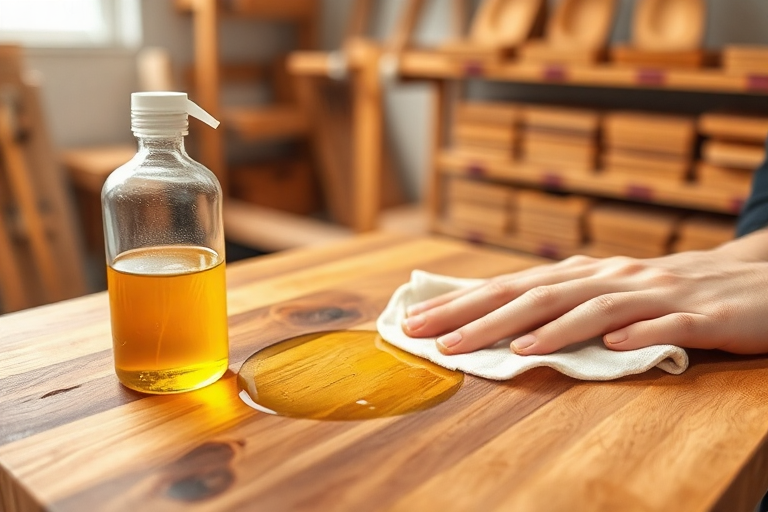
Step-by-Step Guide to Oiling
- Clean the Board:
Wash the board with mild soap and warm water, then dry it completely with a towel. - Apply Oil:
Pour a small amount of food-grade mineral oil onto the board and spread it evenly with a clean cloth or paper towel. - Let It Soak:
Allow the oil to soak into the wood for at least 4–6 hours, or overnight for deeper penetration. - Wipe Off Excess:
Use a clean cloth to remove any oil that hasn’t been absorbed, leaving a smooth, non-greasy surface. - Repeat if Necessary:
For very dry boards, apply a second coat of oil and let it soak in.
By following these steps, you can ensure your board is properly protected and maintained.
Conclusion
Oil your wooden cutting board once a month or whenever it looks dry, using food-grade mineral oil for the best results. Regular oiling keeps the board smooth, protected, and long-lasting.



